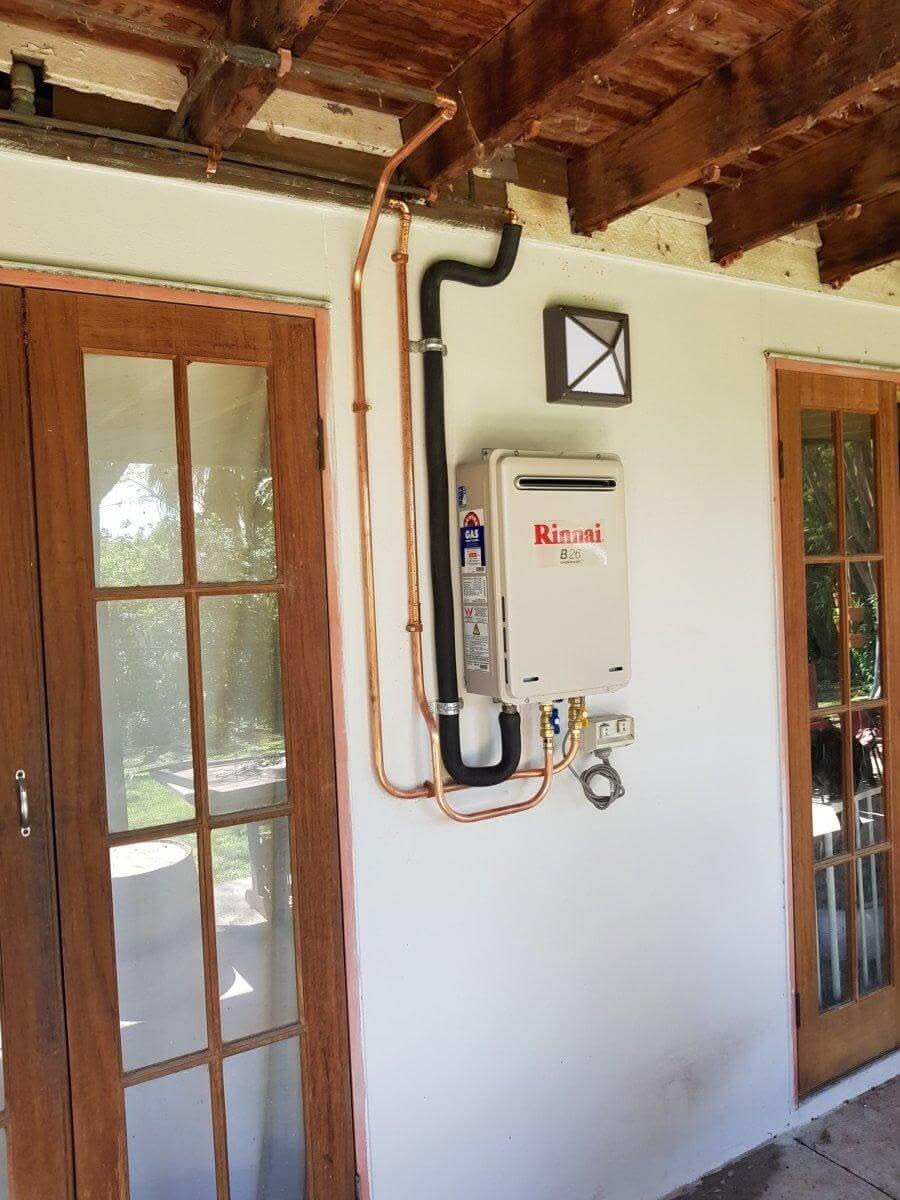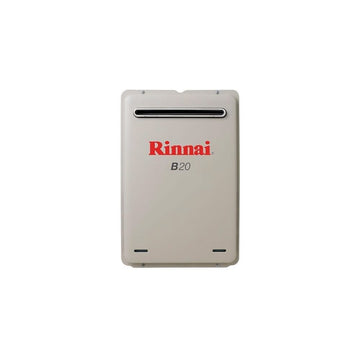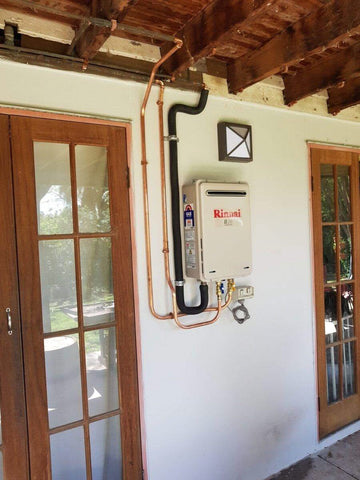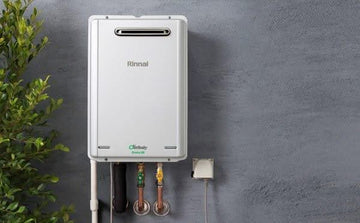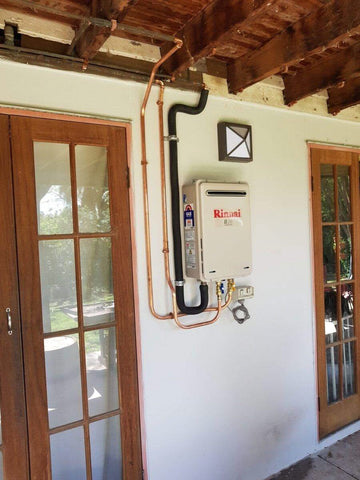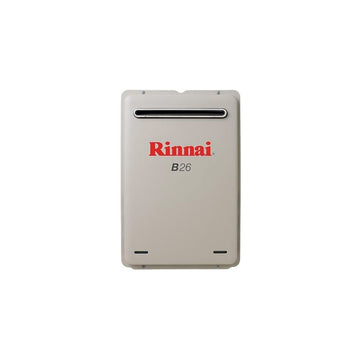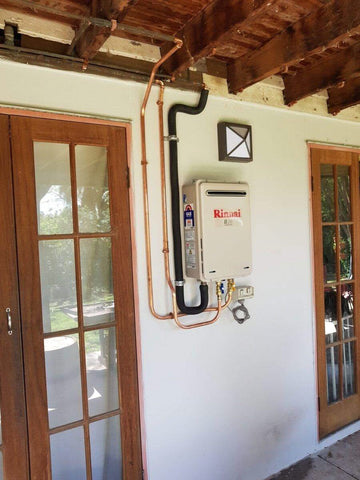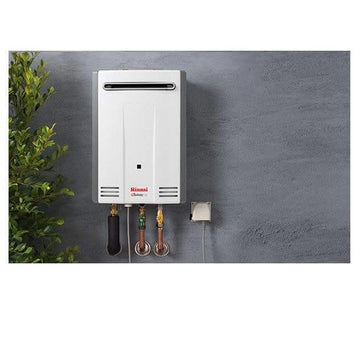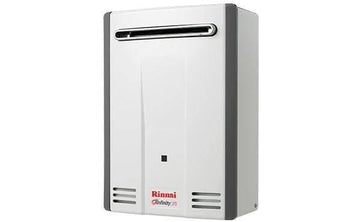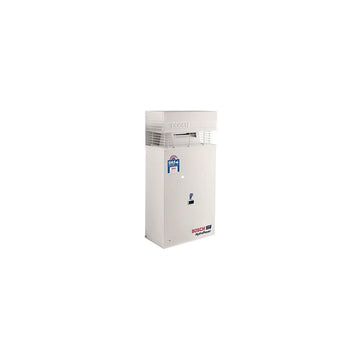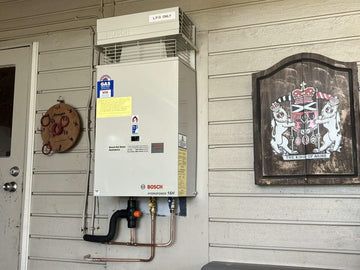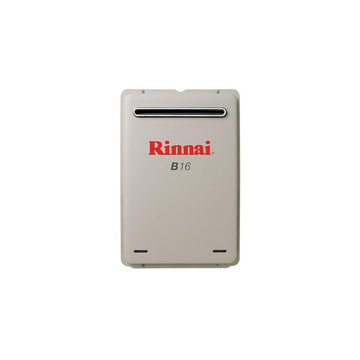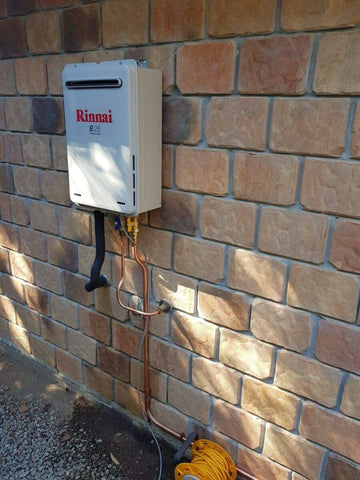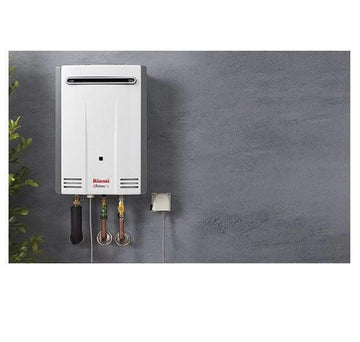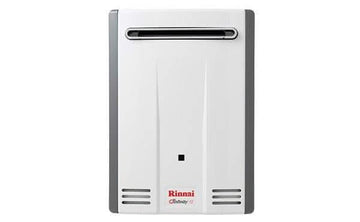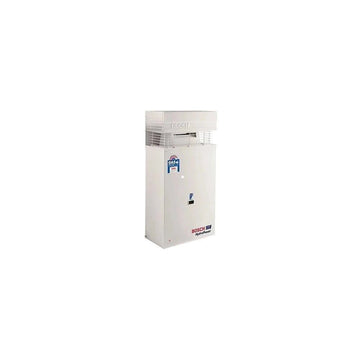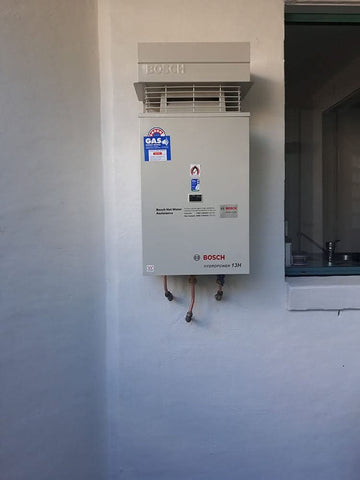Gas vs Electric Instant Hot Water: Which One is Best for Your Home?
Choosing the right instant hot water system can make a big difference in your home's energy efficiency, running costs, and long-term reliability. Whether you’re considering gas continuous flow or tankless electric, it’s essential to weigh the pros, cons, and costs before making a decision.
Below, we break down the differences, helping you decide which instantaneous hot water system best suits your home.
What is an Instantaneous Hot Water System?
An instantaneous hot water system, also known as a continuous flow or tankless system, heats water only when needed. Unlike traditional storage hot water systems, which maintain a reservoir of hot water 24/7, an instant system only heats water as it flows through the unit.
This results in:
✔ Lower energy consumption – no standby heat loss
✔ Endless hot water supply – perfect for large households
✔ Compact design – no bulky storage tank required
🔥 Available in two types:
- Gas continuous flow – Uses natural gas or LPG to heat water via a burner.
- Tankless electric – Uses electric heating elements to heat water on demand.
Both options are popular, but their installation costs, efficiency, and long-term savings differ significantly.
Gas Continuous Flow vs. Tankless Electric: Key Differences
| Feature | Gas Continuous Flow | Tankless Electric |
|---|---|---|
| Energy Efficiency | ⭐⭐⭐⭐⭐ (High) – Only heats water when needed | ⭐⭐ (Low) – Can be expensive to run on electricity |
| Running Costs | 🔥 Lower gas bills compared to electric | ⚡ Higher electricity bills, especially on peak tariffs |
| Upfront Cost | 🏠 Higher unit price but cheaper to run long-term | 💰 Lower unit cost but higher running costs |
| Installation Cost | More affordable installation (if gas is available) | May require 3-phase power upgrade, increasing cost |
| Lifespan | ⏳ 20+ years | ⏳ 10-15 years |
| Hot Water Output | ✅ Better for large households – handles multiple taps at once | ⚠️ Limited flow rate – struggles with multiple outlets |
| Space Requirements | ✅ Compact, outdoor or indoor options | ✅ Very compact, fits in small spaces |
| Environmental Impact | 🌿 Lower carbon footprint than electric** | ⚠️ Depends on grid electricity – may not be sustainable |
| Backup During Power Outage? | ✅ Yes, if pilot ignition | ❌ No – electric-dependent |
🏆 Winner: Gas Continuous Flow
For most Australian homes, gas continuous flow hot water systems offer the best balance of cost, efficiency, and performance.
Gas Continuous Flow – How It Works & Why It’s Better
Gas-powered continuous flow hot water systems only ignite when a hot water tap is turned on. This means:
✔ Lower gas consumption compared to gas storage tanks
✔ Endless hot water supply – perfect for busy households
✔ Works on both natural gas and LPG
Pros of Gas Continuous Flow:
✅ 5-7 Star Energy Efficiency – Lower running costs than electric
✅ Fast Heating – Water is heated as it passes through
✅ Great for Large Homes – Can run multiple taps without losing pressure
✅ Long Lifespan – Typically lasts 20+ years with minimal maintenance
✅ More eco-friendly – Lower greenhouse gas emissions than electric systems
Cons of Gas Continuous Flow:
❌ Requires a gas connection – Not ideal for homes without gas supply
❌ Higher upfront cost – But offset by lower running costs
💰 Cost Breakdown:
- Unit price: $900 - $2,500 (depending on model and brand)
- Installation cost: $500 - $1,200 (cheaper if gas is already available)
- Running cost: $200 - $500 per year (depending on usage and gas prices)
🔥 Recommended Models:
- Rinnai Infinity 26 – Best overall performance
- Rheem Metro 26 – Affordable & reliable
- Dux Always Hot 26 – High efficiency & value
Tankless Electric – Is It Worth It?
Tankless electric hot water systems use electric elements to heat water on demand, but they have significant drawbacks.
Pros of Tankless Electric:
✅ Lower upfront cost – Cheaper unit price
✅ Compact & easy to install – No gas connection required
✅ Good for small households – Suitable for low-demand applications (e.g., small apartments, office kitchens)
Cons of Tankless Electric:
❌ High running costs – Electricity is far more expensive than gas
❌ Requires 3-phase power – Many homes don’t have this and need an upgrade ($$$)
❌ Struggles with multiple outlets – Limited capacity means low flow rates
💰 Cost Breakdown:
- Unit price: $500 - $1,500
- Installation cost: $800 - $2,500 (especially if 3-phase upgrade is needed)
- Running cost: $600 - $1,500 per year (much higher than gas)
⚠ When Is Tankless Electric a Good Option?
- If gas is not available
- If you only need hot water for one tap
- If space is extremely limited
🔎 But for full-home use, gas is the clear winner!
Which One Saves You More Money?
| Factor | Gas Continuous Flow | Tankless Electric |
|---|---|---|
| Upfront Cost | 💰 Higher | ✅ Lower |
| Installation Cost | ✅ Lower (if gas available) | ❌ Higher (if 3-phase upgrade needed) |
| Running Cost (Annual) | ✅ $200 - $500 | ❌ $600 - $1,500 |
| Lifespan | ✅ 20+ years | ❌ 10-15 years |
| Best For | ✅ Full-house hot water | ⚠ Small households, office kitchens |
🏆 Overall Winner: Gas Continuous Flow
For long-term savings and reliability, gas-powered continuous flow systems easily outperform electric tankless units.
Alternative Option – Heat Pumps for Maximum Efficiency
If energy efficiency and sustainability are your priorities, a heat pump hot water system might be a better option.
🌱 Why Consider a Heat Pump?
✅ Uses up to 75% less energy than electric storage systems
✅ Works well in most Australian climates
✅ Eligible for government rebates
🔥 Top Heat Pump Options:
- Rheem Ambiheat – Best overall efficiency
- iStore Heat Pump – Smart energy-saving features
Final Verdict – Gas vs Electric Instant Hot Water
✔ Gas Continuous Flow – Best for full-house hot water, lower running costs
✔ Tankless Electric – Only suitable for very small households or single outlets
✔ Heat Pump – Best for energy efficiency & long-term savings
💡 Ready to upgrade? Get a free quote from JR Gas & Water today and enjoy hot water on demand, at the best price! 🚀🔥




